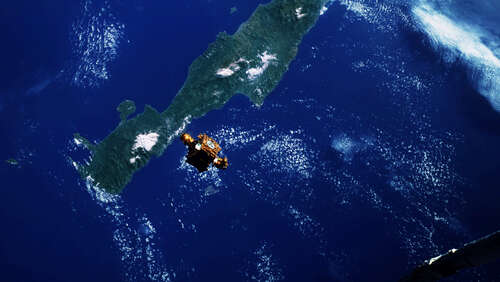
NASA oceanic studies abound. The NASA Ocean Physics program uses satellites and sub-orbital data to investigate the ocean’s role in our climate, accounting for sea level rise, ocean dynamics, and how the ocean ultimately interacts with our planet. The SUBSEA project, which requires holding your breath to spell out — Systematic Underwater Biogeochemical Science and Exploration Analog — uses robots underwater to simulate exploring planets with similar conditions. It also researches areas appreciate the warm springs flowing from an underwater volcano off Hawaii Island to investigate “conditions scientists believe exist on certain moons in the outer solar system, which may have the right combination of factors to uphold life.”
And when it’s not exploring our oceans, the NASA Ocean Worlds Exploration Program (OWEP) studies ocean worlds in the outer solar system to appraise their viability for hosting simple extraterrestrial life, similar to the previously mentioned weird ones we find on Earth at the very bottom of the ocean. It’s all a tad more involved than making a YouTube video with captions and a robot voice. But ironically, something did end concerning the ocean and NASA in 1978. That’s when it launched Seasat, its first dedicated ocean satellite, which lasted in Earth’s orbit for about 105 days before short-circuiting. So that did end momentarily, but there are now several other satellites doing the same thing right above us. Nice try, YouTube.

